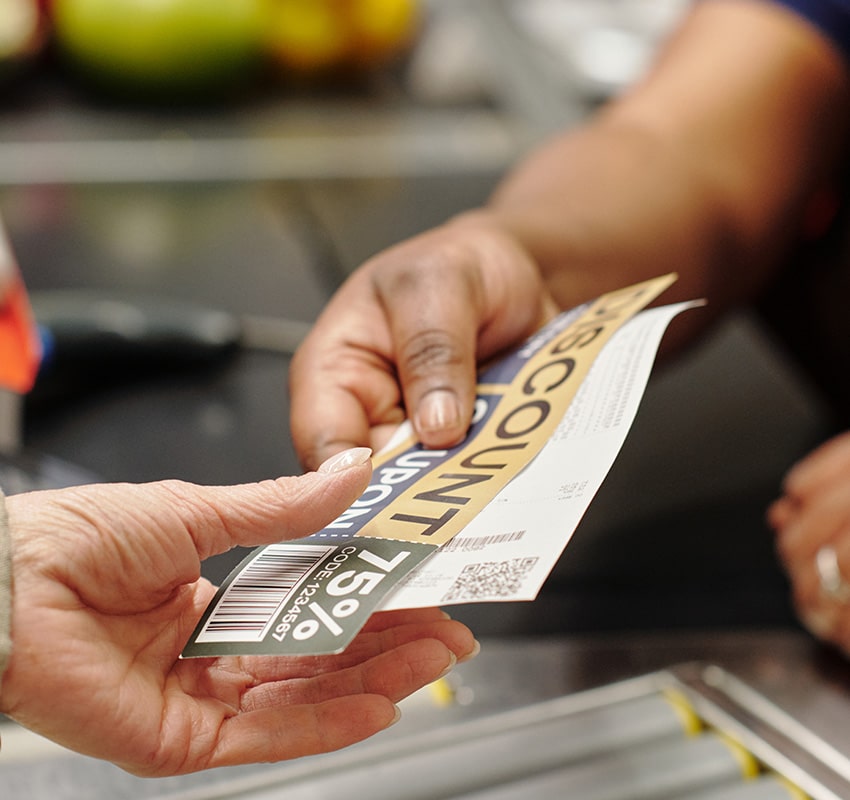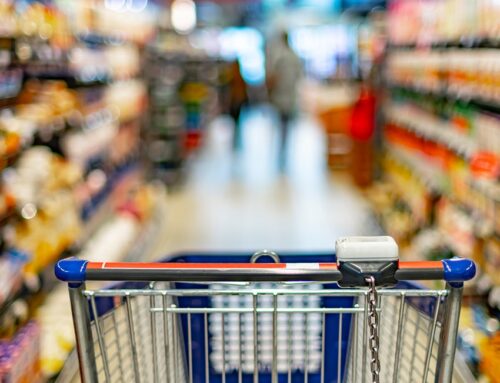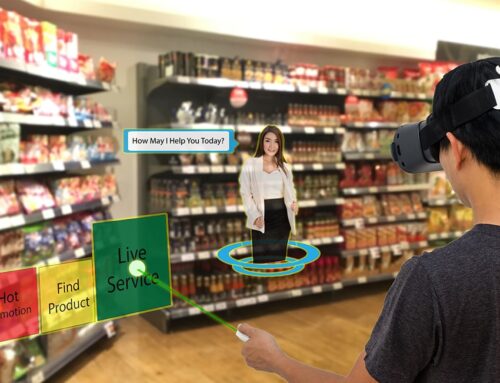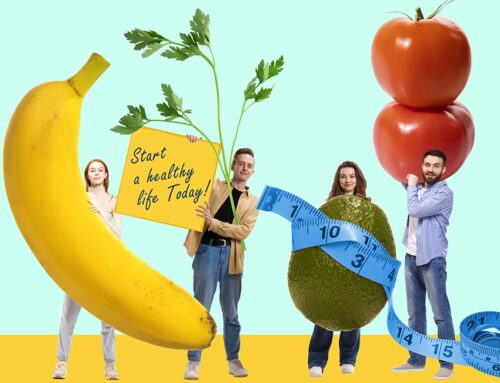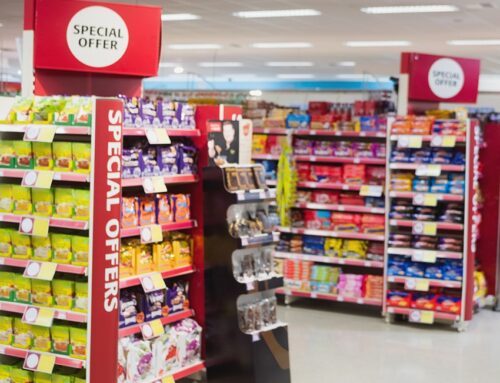Coupons Drive Supermarket Sales
In today’s highly competitive marketplace, coupons have become an essential tool for driving supermarket sales and capturing the attention of media planners, buyers, and digital advertising executives in the food and grocery industry. As consumers increasingly prioritize budget-conscious shopping and home cooking, the allure of coupons has only grown stronger. These invaluable marketing tools not only offer shoppers a sense of control over their spending but also help supermarkets bolster their profits.
The Role of Coupons in Consumer Behavior
The shift in consumer behavior has led to diminished loyalty to specific brands, with many opting for more affordable store-brand goods. However, coupons continue to provide a means for manufacturers to attract new customers and retain loyal ones. By offering a coupon, brands can reduce the price of a product at the most opportune moment, effectively preventing customers from switching to a cheaper alternative. Moreover, coupons can inspire consumers to try new products, creating a sense of adventure and discovery in their shopping experience.
Coupons also influence customers’ perception of value. The availability of coupons for a particular product or brand often gives consumers the impression that the brand is competitively priced, improving their overall perception of the product. Additionally, customers who use coupons are more likely to make immediate purchases instead of waiting for sales.
The Impact of Media on Couponing
Popular television shows such as TLC’s “Extreme Couponing” have further fueled the couponing trend, showcasing individuals who have turned coupon collections into a lifestyle. The influence of these shows has led to a surge of interest in couponing, with numerous websites and social media platforms featuring coupon experts sharing advice on how to maximize savings through coupon use. As a result, consumers have become increasingly aware of the potential cost reductions, making the distribution of coupons more important than ever for both manufacturers and retailers.
Innovative Coupon Delivery Methods
While traditional newspaper coupons still dominate, the growing demand for these valuable tools has paved the way for innovative delivery methods. Some brands have integrated coupons into product packaging or strategically placed them on store shelves. Online coupon usage is also on the rise, with customers printing out deals from websites to use in-store. Furthermore, mobile applications delivering coupons directly to customers’ smartphones have gained traction.
Other companies resort to direct mail, employing targeted marketing programs or distributing coupons to specific neighborhoods. Regardless of the method, coupon redemption rates continue to soar. This variety of delivery methods offers media planners and buyers numerous opportunities to target different segments of consumers, ensuring that the right audience receives the most relevant offers.
Secondary Benefits of Coupons
Coupons also offer several secondary benefits, such as increased brand exposure. Even consumers who do not redeem coupons still encounter them, resulting in heightened awareness of your brand. Both coupon users and non-users perceive products with available coupons as more competitively priced, enhancing the overall impression of the brand.
Moreover, coupons can provide valuable data and insights for manufacturers and retailers. By analyzing redemption rates, consumer preferences, and shopping patterns, businesses can fine-tune their marketing strategies and better understand their customers. This information can be invaluable for media planners and buyers when crafting targeted campaigns for food and grocery brands.
Strategies for Effective Coupon Campaigns To make the most of your coupon campaigns, consider the following strategies:
- Segment your audience: Different consumers have distinct preferences and behaviors. Segment your audience based on demographics, purchase history, and other factors to offer the most relevant deals to each group.
- Personalize your offers: Personalization can significantly improve coupon redemption rates. Tailor your offers to individual customers based on their preferences and shopping habits to increase engagement.
- Test and optimize: Continuously test different offers, designs, and distribution channels to determine what works best for your brand. Monitor key performance metrics and adjust your campaigns accordingly to maximize their effectiveness.
- Leverage partnerships: Collaborate with other brands or retailers to offer bundled deals, exclusive promotions, or joint marketing initiatives. These partnerships can help you reach new customers and provide added value for your existing audience.
- Integrate online and offline channels: Ensure that your coupons are easily accessible across multiple channels, including print, online, and mobile platforms. This will increase your reach and enable customers to redeem offers in their preferred format.
- Utilize data analytics: Analyze coupon redemption data to gain insights into customer preferences, demographics, and shopping patterns. Use this information to refine your marketing strategies, optimize your campaigns, and make data-driven decisions.
By incorporating these strategies into your coupon campaigns, you can effectively attract new customers, retain existing ones, and boost supermarket sales. The power of coupons should not be underestimated, as they remain a cornerstone of successful marketing and advertising campaigns in the food and grocery industry. As consumer behavior evolves and new technologies emerge, staying ahead of the curve and adapting your coupon strategies will ensure long-term success and growth.
The Future of Coupons
As technology continues to advance, we can expect even more innovative ways to deliver coupons and engage consumers. Augmented reality, for example, could allow shoppers to access coupons by scanning products with their smartphones, creating an interactive shopping experience. Voice-activated virtual assistants may also play a role in helping customers discover and redeem relevant coupons.
In conclusion, coupons are a powerful marketing instrument that not only attracts customers but also helps retain them. Amidst the fierce competition from store brands and look-alike products, coupons remain one of the most effective ways to engage and maintain loyal shoppers. By leveraging the undeniable influence of coupons in driving supermarket sales, media planners, buyers, and digital advertising executives can maximize the impact of their marketing campaigns for food and grocery brands. Embracing the ever-evolving landscape of coupon delivery methods and staying informed about emerging technologies will ensure that businesses remain competitive and responsive to changing consumer preferences.



